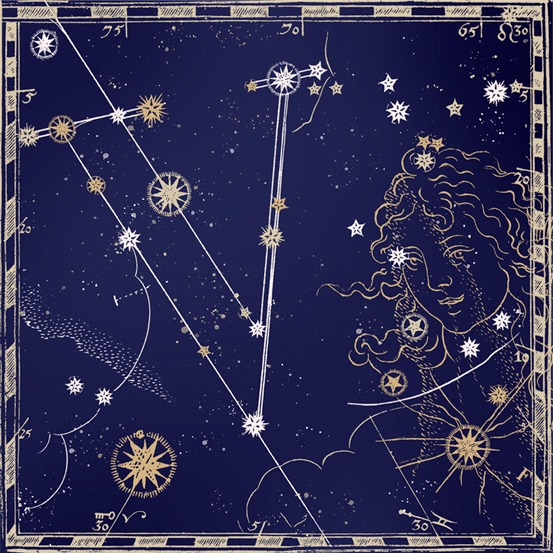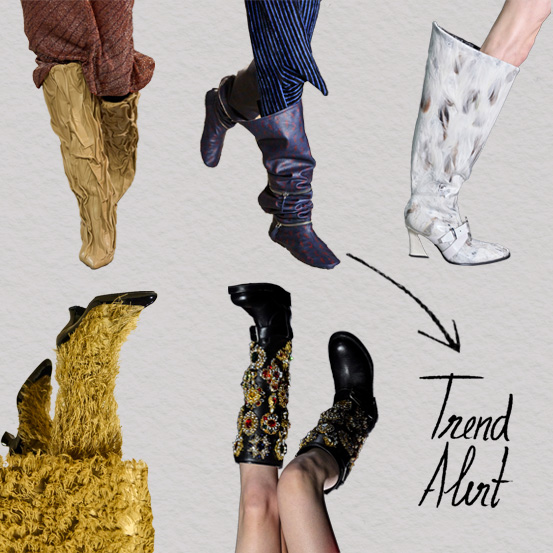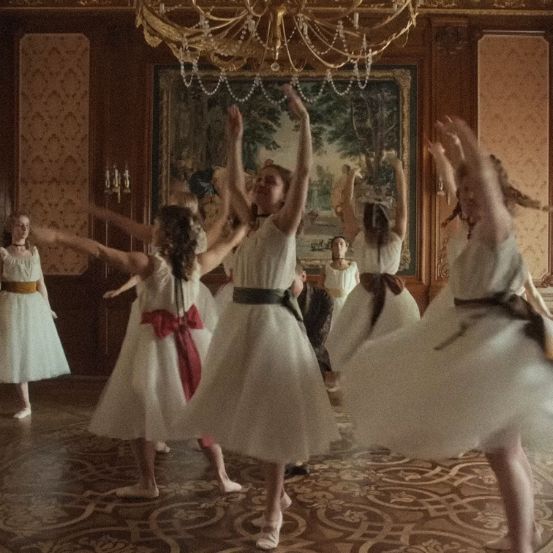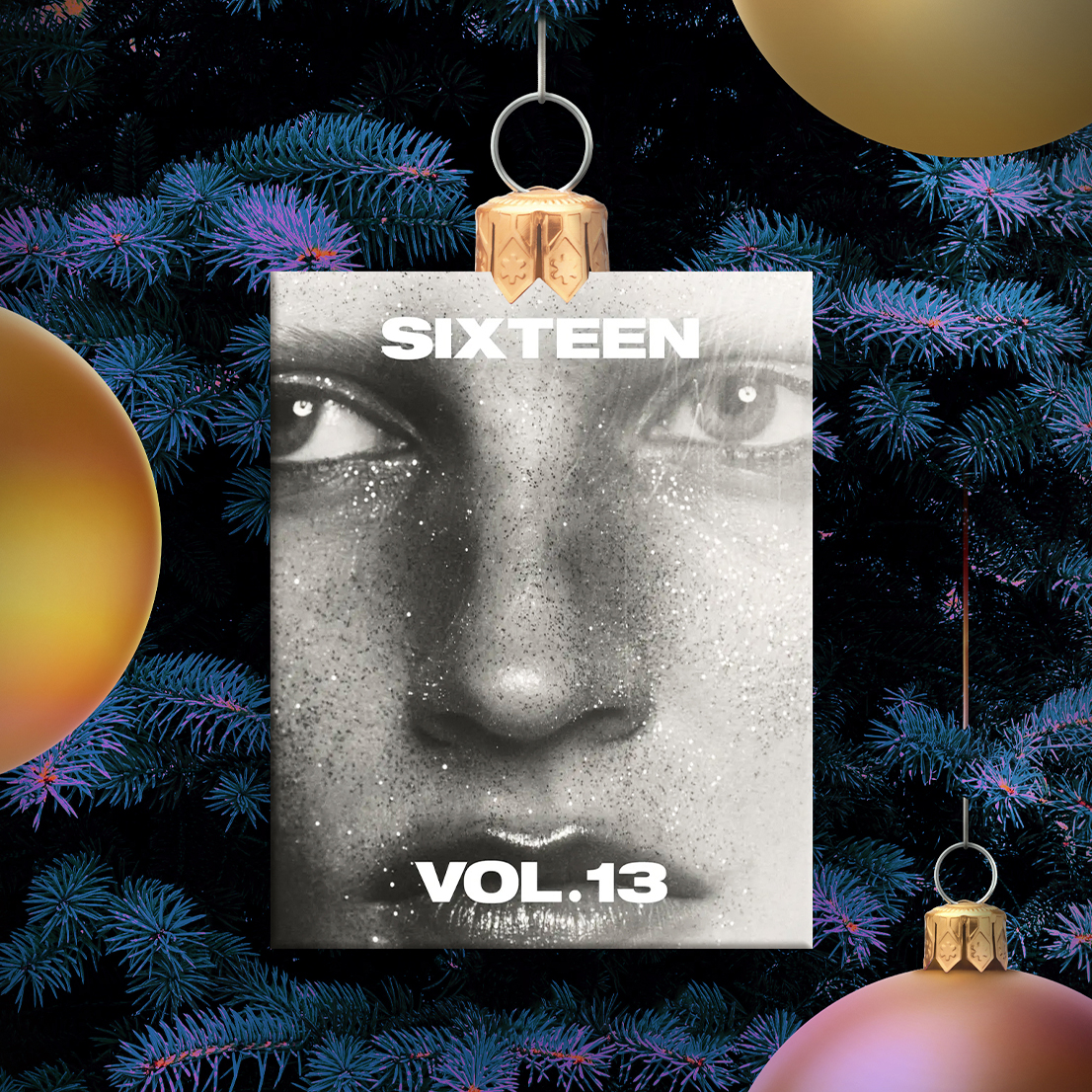The Kitsch Issue
When words aren't enough, you have to be ingenious, creative and effective. In cinema, where time is short and audiences need to understand what's happening on screen, kitsch can be a highly effective tool.
If you've reached this point in the magazine, then you've probably already read about kitsch, its origins, the meaning of the word, its association with lack of taste and lack of sense - here, the expression "lack of sense" is used in a literal and not figurative sense: kitsch was the result of a lack of artistic awareness, as well as a lack of culture, which made creations and reproductions look, shall we say, embarrassing in the eyes of those who possessed such a sense. Among these, we find, for example, art critic Clement Greenberg, who pointed to kitsch products as ideal for mass consumption (and what are the masses if not a gigantic heap of people in aesthetic and intellectual disarray?) Industrialization, the massification of consumption, the expansion and strengthening of the middle class - the new bourgeoisie, the nouveau riche - in other words, the phenomena and events that allowed a significant part of the world's population to live more comfortably in the 20th century, ended up resulting in much greater access to art, culture, fashion and, in short, everything that is good in life. All of this could be a by-product of the possibility of social ascension - the famous "social elevator" of liberal and social democratic democracies working would have to have consequences - with people who had never been poor before ceasing to be poor at a certain point. So far, so good, better than feudalism. The problem is when we start to confuse the multiplication of little china dolls displayed on shelves of listed furniture, painted like zebras, with art. When that happens, voilà, we're faced with kitsch.
However, with the passing of the decades and the process of cultural assimilation that tries to blend everything, once it has been artfully shredded and swallowed up by the elites under the umbrella of post-modernity, kitsch is no longer what it was. Or rather, it's still what it was, except that people no longer look at it as what it is: tacky. The derogatory connotation and pejorative meaning that the term and the object or subject to which it referred carried were gradually replaced by a certain je ne sais quoi of sophistication, which is characterized by relieving people of the burden of bad taste by granting them the right to use guilty pleasures. The institution of guilty pleasures as a legitimate filter of preferences was a highly successful argumentative weapon. Understood and omitted, it took hold after the advent of post-modernity, seeping through the cracks of tastes that can't be discussed and the subjectivity associated with them: Suddenly, liking what's tacky is allowed, as long as the crime of taste is committed in good conscience and under the very thin cover of educated irony - in short, if someone glues a Barcelos rooster to the dashboard of their car, they're a bronco; however, if they commission a renowned plastic artist to paint a car like a Barcelos rooster, then they're kitsch. And kitsch is cool. Today, at least, it is. In the early days, when Greenberg perused the subject, it was the opposite of cool. But what is postmodernism for if not to redeem and rehabilitate anything as long as it meets the volatile criteria of the tastes of the crowd? Since Duchamps threw down the urinal and called it Fountain, art has never been the same.
Art can be kitsch in many ways, but kitsch can also be at the service of art, be swallowed up by it, and become a communication tool, much more than a form of expression. The polysemy of kitsch as a language (the layers that make it up, the metaphors and analogies it suggests, the imagery it awakens in those who observe and identify it) has made it an attractive vehicle for some forms of plastic expression - there are plenty of contemporary examples - and also visual expression, as is the case, for example, with cinema. When a format that is conditioned to a certain length of time - the length of a film - has the function of passing on a message, telling a story, constructing a narrative, and, at the end of it all, making itself understood and interpreted by the interlocutor, then any tool that makes it possible to construct some semiotic shortcuts is welcome and welcomed with open arms by the authors (in this case, the filmmakers). An example of a filmmaker who used kitsch to illustrate his works - some of them masterpieces - is Federico Fellini (1920-1993), an Italian director considered by many to be one of the greatest and most influential masters of the Seventh Art. Film critic Chadwick Jenkins wrote on the PopMatters website that "Fellini is a celebrant of the carnivalesque", and this is a phrase that sums up and introduces quite well the master's relationship with kitsch as a wealth of symbols, icons, and signs capable of characterizing characters, situations, props and sets in such a way as to make his stories - surreal, socially and politically critical, satirical and marked by the cynical gaze of a kind of clinical sociologist - unfold, from allegory to allegory, from caricature to caricature, until the diffuse message eventually materializes. Jenkins also warns against a possible misreading of the director's use of this carnival spirit, considering that "Fellini has been repeatedly rejected for what some consider to be the superficial splendor of his work, its madness, its beauty combined with surprising moments of the grotesque." He adds that "Fellini's films, these critics claim, are simply embellishments - luxurious and pleasing, but ultimately trivialities that yearn to be something more and which, when they reach the pathos, turn into sentimental kitsch." Chadwick Jenkins, like many others, certainly disagrees with this light-hearted reading of the great Italian master's cinematographic compositions and attributes the kitsch present in Fellini's work precisely to the function of a narrative tool to illustrate what he calls "Jung's seminal ideas of anima and animus", as well as "the role of archetypes in the collective unconscious", which he believes influenced films such as 8 1⁄2 (1963), Juliet of the Spirits (1965) or Fellini Satyricon (1969), among others, including many of them from later in the director's career, such as City of Women (1980).
Fellini is not alone in this small pantheon of great filmmakers who use kitsch to facilitate communication with the viewer. Another big name whose imagery can easily be identified as kitsch - at least for some of his work - is Pedro Almodóvar (1949). The Spanish filmmaker uses kitsch elements to build his characters precisely because it is in kitsch that he finds the art of imitation and reproduction, which the director effectively glues to protagonists and secondary characters to build universes and contexts that express and reflect the search for social equality. Works such as What Have I Done to Deserve This? (1983), The Law of Desire (1987), Women on the Verge of a Nervous Attack (1988) or Kika (1993, a kind of extension of the atmospheres of its predecessor High Heels, from 1991) are unavoidable examples of the use of kitsch artifacts, which are also applied to the characterization of the characters - of which there are many - from the transgender universe of the time, especially in a Madrid where the culture associated with the gay universe was emerging and becoming effervescent.
In a completely different vein from his predecessors comes Emir Kusturica (1954), who uses kitsch tools to portray a country on the verge of ceasing to be and shortly after ceasing to be: Yugoslavia, which disintegrated in 1992 and became several independent republics, such as Serbia, Croatia, and Bosnia and Herzegovina. Between the second half of the 1980s and the end of the 1990s, the skillful, shrewd, and restless filmmaker born in Sarajevo, Bosnia, who adopted Serbian nationality, filmed and told magnificent stories about the break-up of Yugoslavia, while at the same time taking the opportunity to paint portraits of the Roma communities that made up - and make up - the now fractured territory. And it is from these two contexts - that of the gypsies and that of a country being torn apart in a fratricidal war - that Kusturica's great kitsch-fueled cinematic moments emerge: The Time of the Gypsies (1988), Underground (1995), and Black Cat, White Cat (1998). The construction of the festive atmospheres (which are also carnivalesque, although different from Fellini's - where Fellini used the baroque, Kusturica uses what we might call Balkan white trash) is also based on the brilliant original soundtracks by Goran Bregovic. In Kusturica's cinema, as in Almodóvar's, kitsch symbolizes the desire for social equality, only in this case, it's a distant desire, which is seen from the perspective of the marginalized, the underprivileged, and those who are left behind. There is an element in Black Cat, White Cat that ends up being a metaphor for this perspective: throughout the film, an opulent pig eats a car abandoned in a wasteland. Like Kusturica's poor people, who build their worlds apart from everyone else's and keep what's left over, the pig entertains itself with the spoils abandoned by the more fortunate.
All these worlds are composed on the verge of the surreal, with each director depicting periods and places of tribulation, mishaps, thwarted destinies, and unexpected outcomes. Cinema is the image and the image is semiotics. You can't fit all the necessary information into a cinematographic frame unless you resort to metaphorical communication. If there is a style whose metaphorical source is virtually infinite, it is kitsch, capable of characterizing with simplicity and efficiency everything from the most powerful and ferocious of emperors, with all his caricatural traits, to the most unbridled housewife who cleans or the most ingenious gypsy on the banks of the Danube. The use of illustration through exuberant deviation, small madness, and the exotic, to describe reality that doesn't always make sense, is like translating mundane existence by reducing it to dishwashing dogs on naperons: it may not be that simple, but we understand perfectly what these bibelots mean and what they reveal. It's these mannerisms that, being bargain-basement, make rich the narratives based on characters who need to be caricatured to convey all their deep, complex, and deviant humanity, especially in times when humanity itself is deviant.
Translated from the original in The Kitsch Issue, published February 2024. Full stories and credits in the print version.
Most popular

Relacionados
.jpg)







.png)